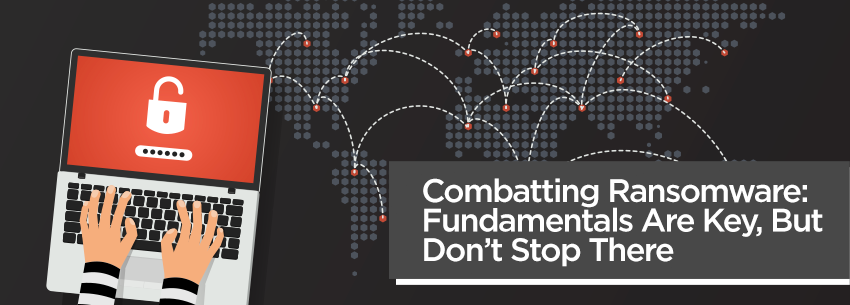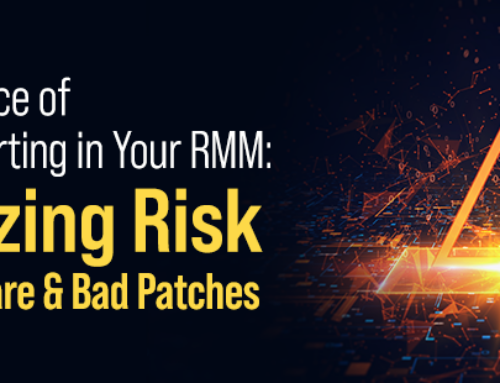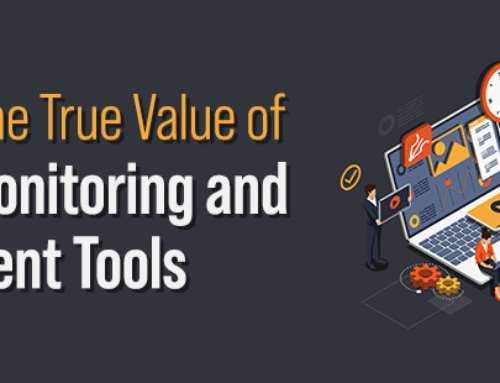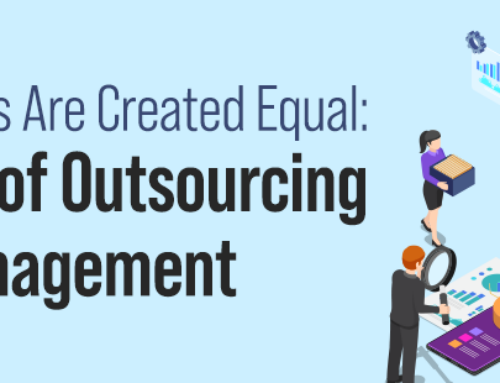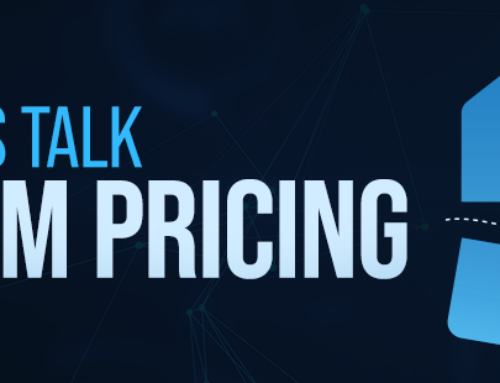Ransomware devastated businesses of every size last year, and attacks aren’t showing any signs of slowing down in 2021.
For MSPs, this is a severe threat to clients. In a recent survey of more than 1,000 MSPs, 84 percent said they believed their clients should be “very concerned” about ransomware. That’s for a good reason. In 2020, ransomware attacks rose 150 percent year over year, with the average ransom demand of $170,000 (though some attackers demanded $1 million or more).
SMBs, in particular, have been at risk of attack. According to one survey, 86 percent of SMBs have been victimized by ransomware, with 99 percent predicting that the number of attacks would only increase in the years to come. The MSP plays a critical role in mitigating these attacks and helping clients limit their risk of ransomware exposure.
Putting protections in place
When it comes to securing against ransomware, the fundamentals are essential. One of these basic protections is having a strong firewall in place, which can help block attacks from getting inside your network in the first place. The firewall provides a perimeter of critical protections, closing up vulnerable ports and looking at network traffic for potential indicators of attack.
To ensure a firewall is as effective as possible in preventing ransomware, ensure it’s set up with critical functionalities. Essential functions include sandboxing to analyze file behavior, machine learning to identify patterns of new variants of malware, updated Intrusion Prevention System (IPS) with the latest signatures of attacks, remote access VPN for secure remote access, and anti-ransomware endpoint protections.
An MSP plays a critical role in implementing all these solutions and ensuring they are monitored for signs of attack. However, they can also help a client implement a broader set of solutions as part of a holistic cybersecurity strategy. This includes investments in technologies like anti-virus for endpoints, enforcing cybersecurity policies, closing vulnerable protocols, implementing remote access and management solutions to lock down remote access, and multi-factor authentication (MFA).
Further measures that companies can take include ways to limit what damage can be done in the event of a successful attack. Technologies like network segmentation and data protection solutions can help limit the blast radius of an attack and protect your most critical assets.
Ongoing strategy evolution
Putting technology in place is only part of the solution. As the threat landscape continues to evolve and hackers test new types of attacks, the reality is that business and security team leaders will need to constantly refine and grow company defenses to ensure they are protected.
An MSP can help an SMB — or any size business — constantly re-evaluate their protections and adapt as needed against the latest threats. There’s hope to limit risk and protect your client’s organization from a devastating event with those kinds of ongoing efforts.
